Summer’s here, but you’re missing your math? Don’t despair – we’ve got you covered. Check the site each week for one whopper of a word problem that’s sure to challenge!
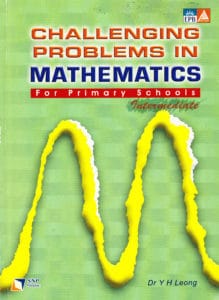 This week’s problem comes from Challenging Problems in Primary Schools – Intermediate by Dr Y H Leong, published in 2004 by SNP Panpac Pte Ltd.( Intermediate is for students in Primary 4 and 5.)
This week’s problem comes from Challenging Problems in Primary Schools – Intermediate by Dr Y H Leong, published in 2004 by SNP Panpac Pte Ltd.( Intermediate is for students in Primary 4 and 5.)
3 pears and 4 oranges cost $3.80. If 1 pear and 1 orange together cost $1.10, find the cost of 1 pear.
Submit your solutions and we’ll post all interesting strategies next week.
Last week’s problem and solution:
Gavin has 356 cards. He has 286 more cards than Howie. How many cards must Gavin give to Howie so that they both have the same number of cards?
How did you do?
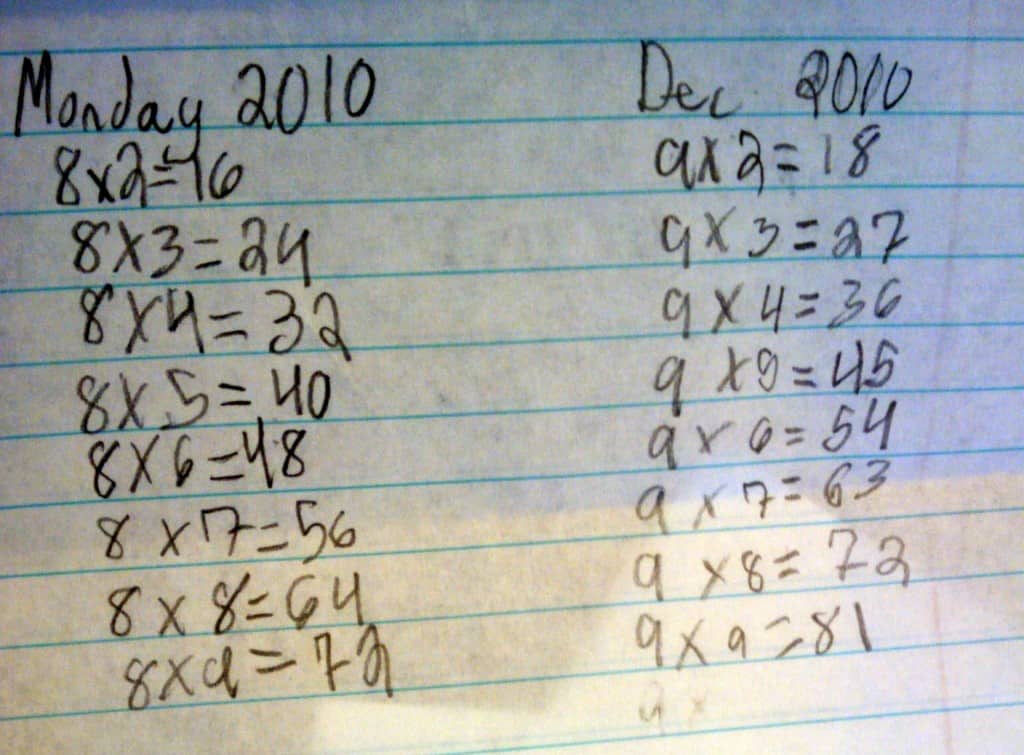
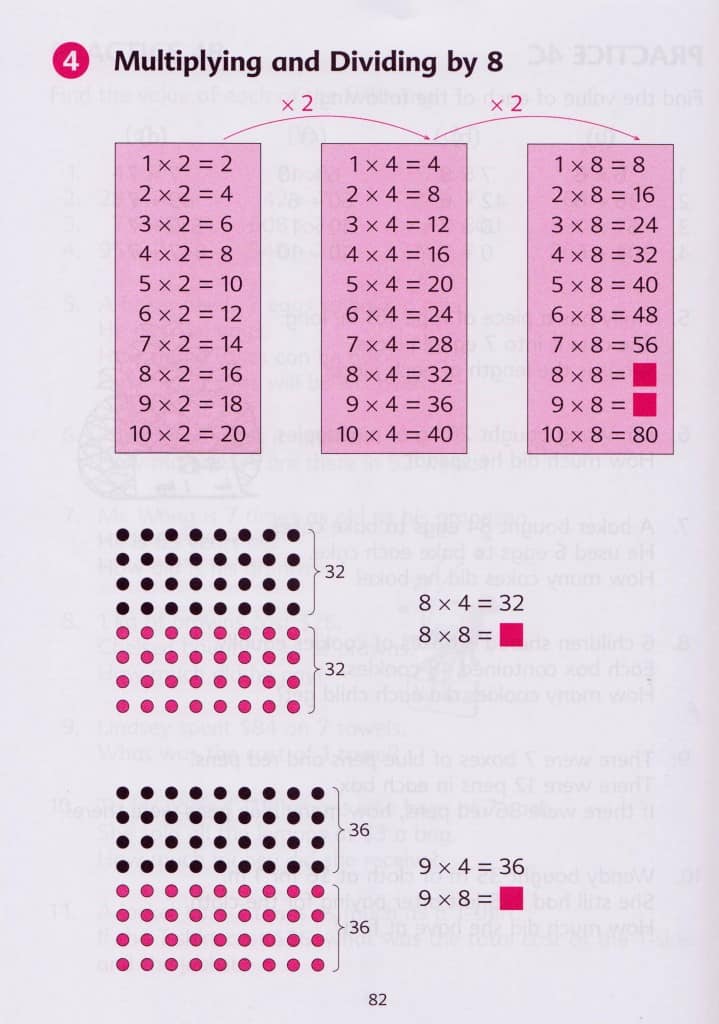
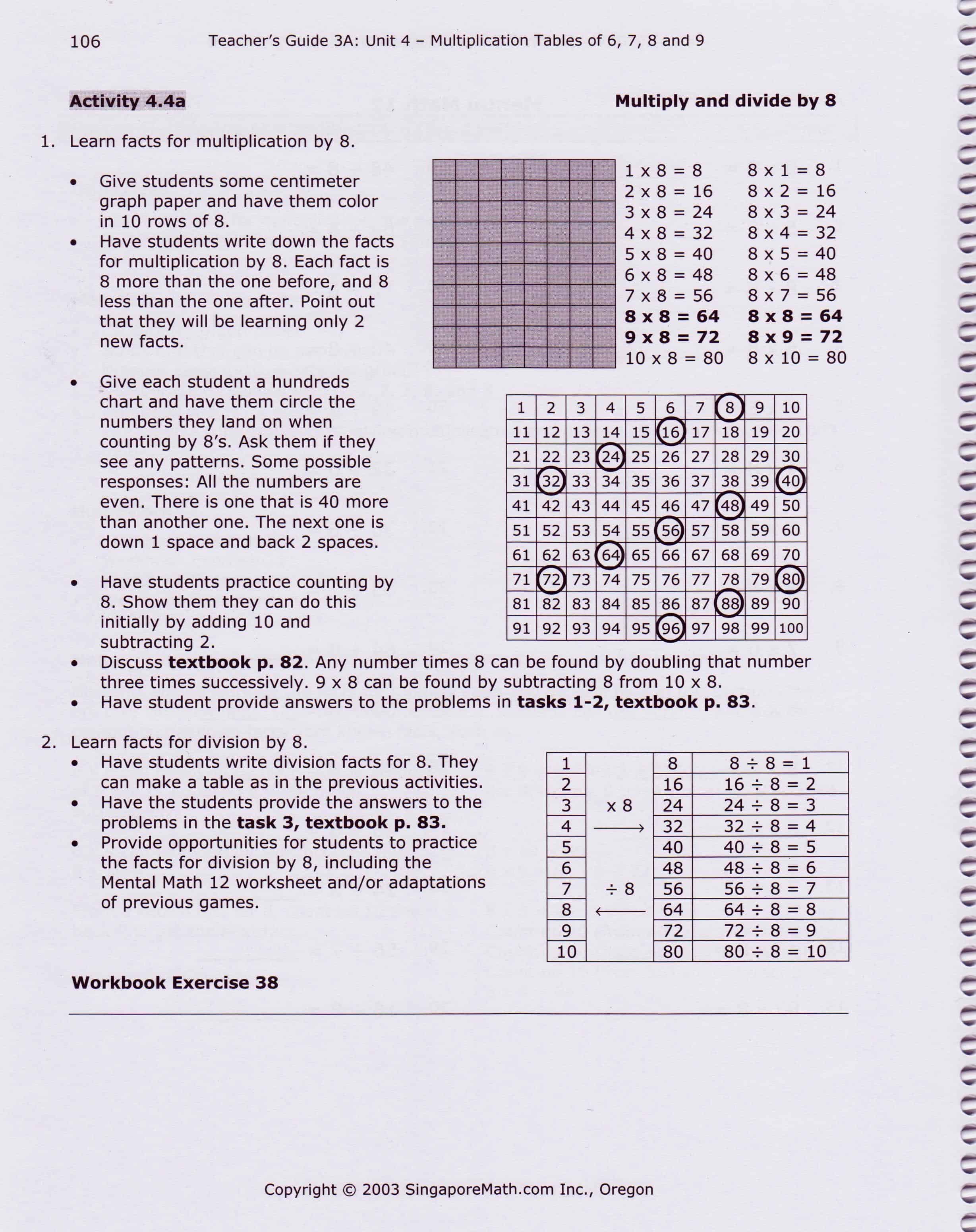
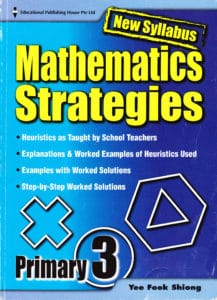 This week’s problem comes from New Syllabus Mathematics Strategies Primary 3 by Yee Fook Shiong, published in 2007 by Educational Publishing House Pte Ltd.
This week’s problem comes from New Syllabus Mathematics Strategies Primary 3 by Yee Fook Shiong, published in 2007 by Educational Publishing House Pte Ltd.

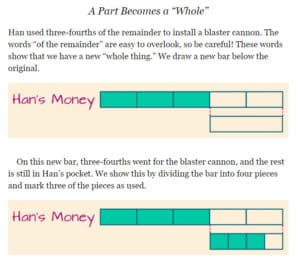

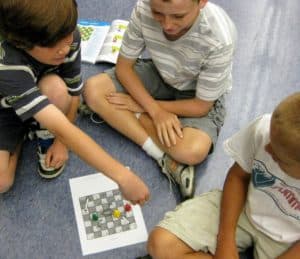
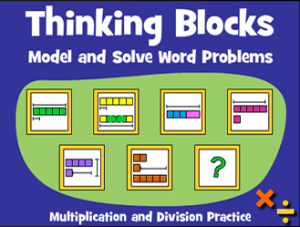 Recognize the areas within your instruction that were a challenge for you. Maybe your students really struggled with a particular concept or maybe you left a lesson feeling like you needed a do-over. Now is the time to pinpoint those stumbling blocks and think about what support you might need to improve your instruction in those areas. It was my first year teaching a Singapore Math curriculum. With hesitation, I approached a lesson on problem-solving using the bar model. It was a complete flop. Reflecting on it, I realized I hadn’t allowed myself enough time to practice with the bar model and develop the confidence I needed to answer student’s questions on the fly. So, I made a plan to practice bar modeling with Thinking Blocks over the summer. (Thinking Blocks is one of our favorite tools for model drawing. Find an interactive desktop version at
Recognize the areas within your instruction that were a challenge for you. Maybe your students really struggled with a particular concept or maybe you left a lesson feeling like you needed a do-over. Now is the time to pinpoint those stumbling blocks and think about what support you might need to improve your instruction in those areas. It was my first year teaching a Singapore Math curriculum. With hesitation, I approached a lesson on problem-solving using the bar model. It was a complete flop. Reflecting on it, I realized I hadn’t allowed myself enough time to practice with the bar model and develop the confidence I needed to answer student’s questions on the fly. So, I made a plan to practice bar modeling with Thinking Blocks over the summer. (Thinking Blocks is one of our favorite tools for model drawing. Find an interactive desktop version at  As you pack up your room and head off into summer bliss, know that you will return to the new school year with an awareness of all that you gained by reflecting on your practice.
As you pack up your room and head off into summer bliss, know that you will return to the new school year with an awareness of all that you gained by reflecting on your practice.

















